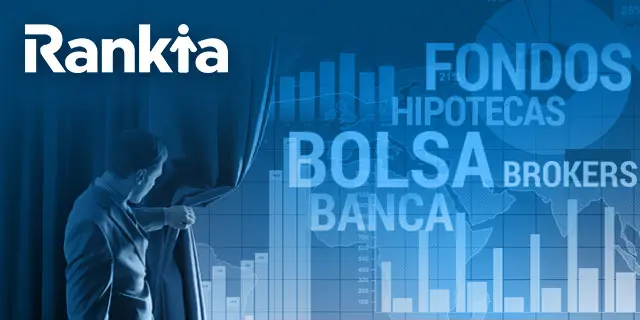One of the last subprime-mortgage-market innovations was the collateralized debt obligation (CDO). CDOs are diversified investment pools of subprime mortgages that issue their own securities with the underlying subprime mortgages as collateral. Several tranches of securities with different seniorities are usually created each with risk and return characteristics that differ from those of the underlying subprime mortgages themselves.
What attracted underwriters as well as investors to subprime mortgage CDOs was that the rating agencies, in a very accomodating decision, gave the senior tranche, usually about 75 percent of the total issue, an investment-grade rating. This means that an issuer could assemble a portfolio of subprime mortgages yielding 7% and sell to investors a senior tranche of securities backed by those mortgages at a yield of, say, 5 percent with proceeds equal to perhaps 75 percent of the cost of the portfolio. The issuer could then sell riskier junior tranches by offering much higher yields to investors.
The existence of CDOs was predicated on the receipt of this investment-grade credit rating on the senior tranche. Greedy institutional buyers of the senior tranche earned a handful of basis points above the yield avaliable on other investment-grade securities. As usual these yield pigs sacrificed their credit quality for additional current return. The rating agencies performed studies showing that the investment-grade rating was warranted. Predictably, these studies used a historical default-rate analysis and neglected to consider the implications of either a prolongued economic downturn or a credit crunch that might virtually eliminate refinancings. Under such circumstances, a great many subprime mortgages would default; even the senior tranche of a CDO could experience significant capital losses. In other words, a pile of subprime is still subprime, no matter how you stack it.
El anterior pasaje es sólo una descripción más del ya muy explicado lío de las subprime. Lo único llamativo es que está escrita en tiempo pasado, como si hubiese ocurrido hace ya años, cuando todo esto de los "tranches" son innovaciones financieras recientes... ¿seguro? Lo cierto es que si en el pasaje sustituimos los términos "subprime mortgage" por "junk bond", "CDO" por "CBO" (la "B" es de "Bond") y multiplicamos los intereses del ejemplo por dos tenemos un extracto literal del libro "Margin of Safety" escrito por Seth Klarman en 1991. El autor hablaba sobre la fiebre de los bonos basura de los 80.
Como digo en el título: nada nuevo bajo el sol.


